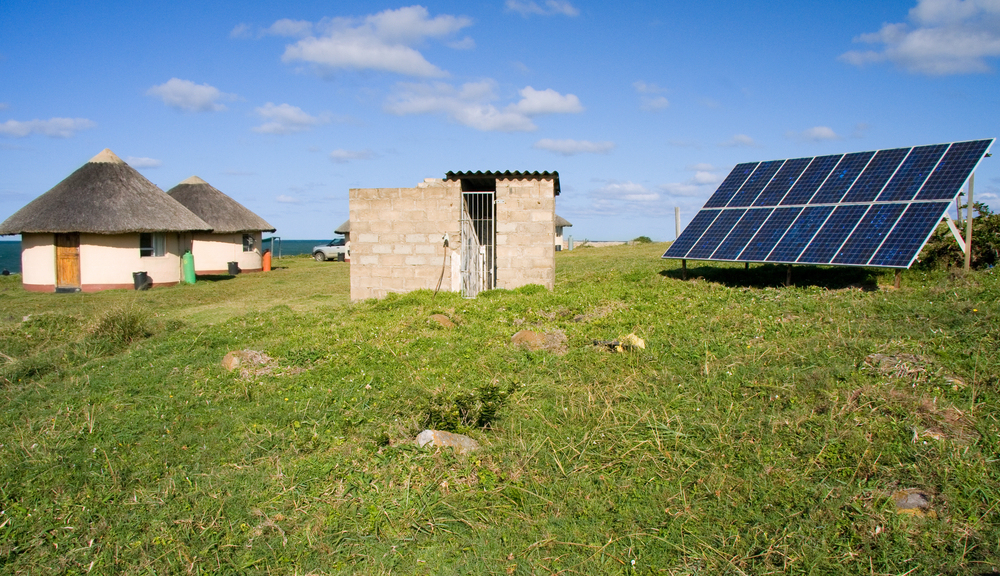David Roberts for Grist:
In Homer’s Odyssey, Odysseus must sail his ship through the Strait of Messina, between two terrible dangers. On one side, in a cave in the rocks, is a six-headed, sharp-toothed monster named Scylla. On the other side, an overhang of rocks where “the waves and whirlwinds of fire are freighted with wreckage and with the bodies of dead men.” There lies the sucking whirlpool of Charybdis.
As we pilot our ship through the 21st century, humanity faces its own narrow strait, its own Scylla and Charybdis.
On one side is the many-headed monster of energy poverty, with its attendant ill health, backbreaking labor, and wasted potential. According to the International Energy Agency’s World Energy Outlook, “nearly 1.3 billion people are without access to electricity and more than 2.6 billion people rely on the traditional use of biomass for cooking, which causes harmful indoor air pollution.” (According to the World Health Organization, solid-fuel indoor cooking kills about 4 million people a year.) This exclusion of a third of humanity from the benefits of modern life ought to be seen as both a tragedy and a crisis. Beware Scylla!
On the other side there is climate change, “waves and whirlwinds of fire,” which on our current trajectory threatens to flood, parch, starve, and uproot millions of people this century and possibly render the planet hostile to human life for centuries to come. Beware Charybdis!
The dilemma, of course, is that steering away from one side seems to bring us closer to the other. Do we get modern energy to as many people as possible, as cheaply and quickly as possible, even if it means investing billions more in large, long-lasting fossil-fuel assets (and the mining and drilling needed to fuel them)? Or do we push for the lowest-carbon, most sustainable energy path, even if it means a slower upward trajectory for the global poor? Which danger is worse? Which course is the most ethical?
This is the signal moral issue of our time, an incredibly difficult and complex set of interlocking problems, with facets and uncertainties too numerous to count and stakes too high to fathom. We’ll be talking about it for the rest of our lives. Above all, it seems to me to call for some humility. There are uncertainties and risks every which way.
The dilemma has been the subject of renewed debate in recent months. In this post, I’ll set out the broad contours of that debate. In a follow-up post, I’ll explain which way I lean, and why.
How much energy access?
The U.N. has, alongside its Millennium Development Goals — indeed, necessary to the attainment of those goals — a program called Sustainable Energy for All. It is a plan to extend energy access to everyone who lacks it. According to the U.N., it will cost “$41 billion per year over the next five years, or just 0.06 percent of global GDP” and “require only a modest increase in carbon dioxide emissions.” Easy peasy!
However, as Morgan Bazilian and Roger Pielke Jr. note, the U.N.’s definition of energy access, at the lowest threshold, “equates to 50-100 kWh/year per person, or about 0.5 percent of that consumed by the average American or Swede, and 1.7 percent of the average Bulgarian.” That’s a pretty paltry level of access, enough to run a few light bulbs and a radio, maybe. No wonder it won’t increase carbon emissions much — it won’t increase energy use much.
According to work done by Bazilian, bringing the entire global population that lacks energy access up to the level enjoyed by Bulgaria (on the low end of developed countries) would cost $17 trillion, and of course entail many, many more gigatons of carbon emissions.
Article continues on Grist.
Photo credit: Shutterstock
